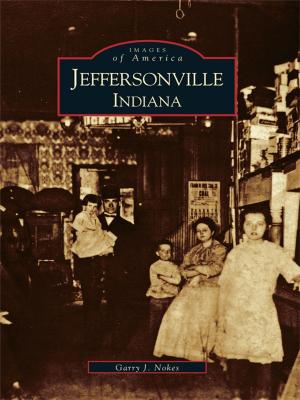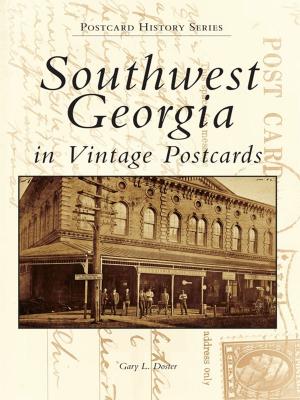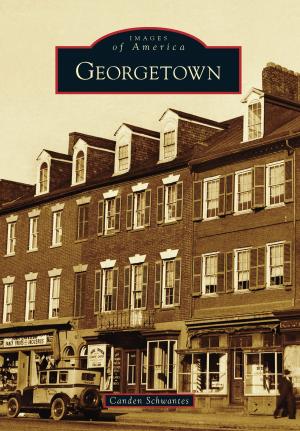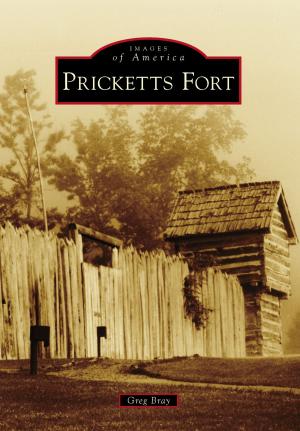Chesapeake's Western Shore
Vintage Vacationland
Nonfiction, Travel, Pictorials, Art & Architecture, Photography, History| Author: | Lara L. Lutz | ISBN: | 9781439619766 |
| Publisher: | Arcadia Publishing Inc. | Publication: | March 23, 2009 |
| Imprint: | Arcadia Publishing | Language: | English |
| Author: | Lara L. Lutz |
| ISBN: | 9781439619766 |
| Publisher: | Arcadia Publishing Inc. |
| Publication: | March 23, 2009 |
| Imprint: | Arcadia Publishing |
| Language: | English |
In 1952, the Chesapeake Bay Bridge opened for travelers in Maryland and created unprecedented access from the mainland to the Eastern Shore and the beaches of the Atlantic Ocean. Before then, the Chesapeake Bay itself was the �seaside� for residents of Baltimore and Washington, D.C. Popular bay-side vacation spots sprang up in Maryland during the late 1800s and early 1900s, and began to transform the rural fringes of the Chesapeake�s Western Shore. People journeyed by railroad, steamboat, and automobile to escape the sweltering city summers and to swim, fish, and boat along the bay. Amusement parks, casinos, and dance halls enlivened the scene. Developers actively promoted the sale of summer cottages near resort areas that dotted the Patapsco, Magothy, Severn, and South Rivers, as well as the open bay, and laid the roots for many communities that still exist today. The images presented in this book evoke a shared heritage in the pleasures of the Chesapeake Bay and depict an era that triggered permanent changes along its shores.
In 1952, the Chesapeake Bay Bridge opened for travelers in Maryland and created unprecedented access from the mainland to the Eastern Shore and the beaches of the Atlantic Ocean. Before then, the Chesapeake Bay itself was the �seaside� for residents of Baltimore and Washington, D.C. Popular bay-side vacation spots sprang up in Maryland during the late 1800s and early 1900s, and began to transform the rural fringes of the Chesapeake�s Western Shore. People journeyed by railroad, steamboat, and automobile to escape the sweltering city summers and to swim, fish, and boat along the bay. Amusement parks, casinos, and dance halls enlivened the scene. Developers actively promoted the sale of summer cottages near resort areas that dotted the Patapsco, Magothy, Severn, and South Rivers, as well as the open bay, and laid the roots for many communities that still exist today. The images presented in this book evoke a shared heritage in the pleasures of the Chesapeake Bay and depict an era that triggered permanent changes along its shores.















